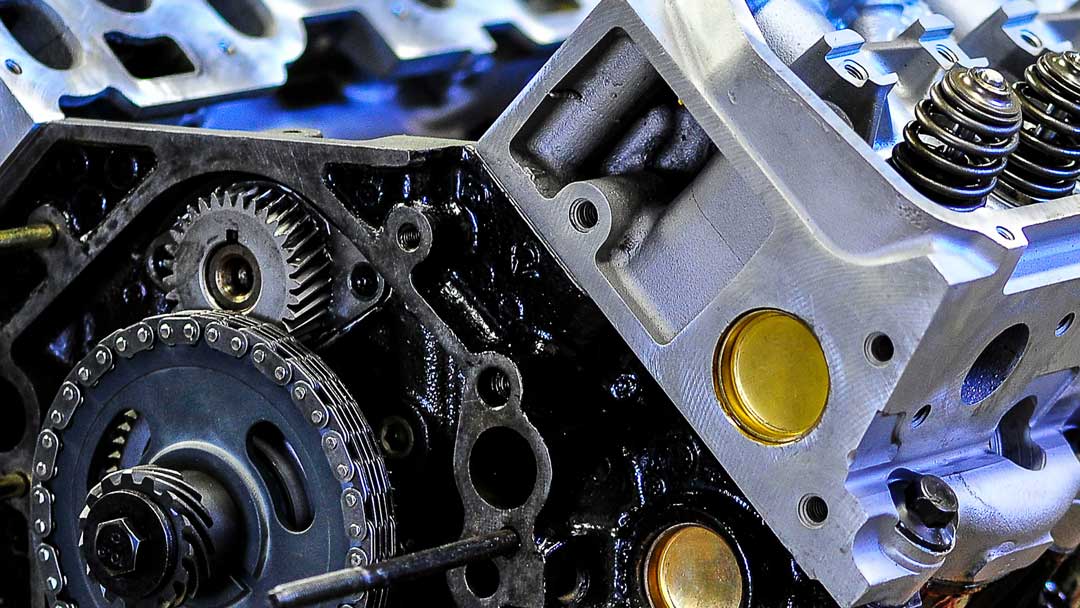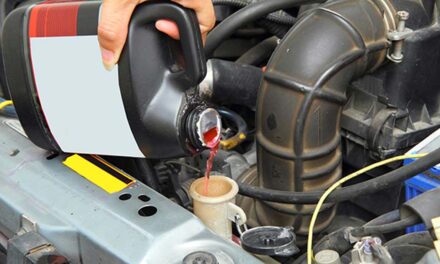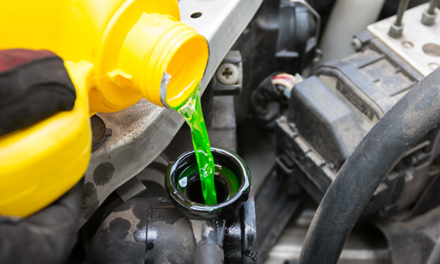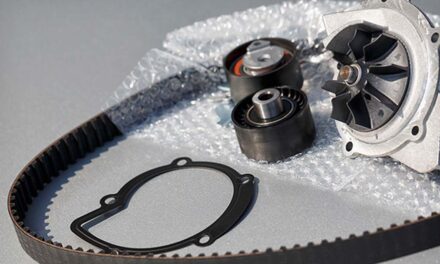Engine freeze plugs push outward in the event that an insufficient amount of antifreeze/distilled water mixture in the cooling system allows the engine to freeze. When the mixture freezes, it expands. Without the freeze plugs, the engine block would crack and be unserviceable. There are generally eight freeze plugs made of steel that are evenly spaced around the engine block.
Leaking or rusted freeze plugs are likely a result of acidic contamination in an improperly maintained cooling system. If a cooling system flush and fill is not performed at recommended intervals, the antifreeze’s pH becomes out of balance and turns acidic. For example, when green antifreeze begins to turn brown, it is a result of corrosion and rust beginning to form due to the pH. This acidic balance begins to eat away at the freeze plugs, eventually compromising their integrity, and they fail.
By maintaining your cooling system properly, freeze plugs should never have to be replaced due to acidity or contamination.
Replacing the Freeze Plugs
Changing the freeze plugs is not a difficult chore and can be accomplished with a few simple tools. Many shops prefer to replace steel freeze plugs with those made of brass, as in marine engines. Brass is more tolerant of acidic solutions.
The first thing to know is that the freeze plugs are located on the front, back, and sides of the engine. The front and side freeze plugs are accessible, but the rear freeze plugs are not. The transmission needs to be removed if you’re unlucky enough to have one of those leaking.
Here is a list of tools needed:
- Jack to raise the vehicle
- Jack stands
- Drain pan
- Screwdriver
- Hammer
- Punch set
- Pliers
- Freeze plugs
- Antifreeze
- Spark plug socket
Replacement Procedure
- Raise the vehicle and place the jack stands in position.
- Place the drain pan under the bottom radiator hose.
- Open the radiator cap and the petcock on the bottom of the radiator, and allow the coolant to drain.
- Remove the lower radiator hose, and allow the remainder of the coolant to flow out of the block.
- Always dispose of coolant in accordance with local, state, and federal regulations. Keep away from children and pets.
- Locate the leaking freeze plug, and place the punch on the outside edge of the freeze plug.
Tap the punch with a hammer so that the freeze plug rotates the punch side toward the block while the opposite side swings outward. - Grab the freeze plug with the pliers and pull it out of the block.
- Visually inspect the hole from which the plug was removed, and scrape any residue or rust from the hole. Any rust or corrosion will prevent the new freeze plug from seating properly, causing it to leak.
- Use the screwdriver and a crocus cloth to clean the seating area.
- Carefully place the new freeze plug in the hole by hand. Verify that it is perfectly straight, with the cup side inward. Tap the outside edge very lightly to seat the plug.
- Install the spark plug socket in the center of the freeze plug, and using the hammer, tap the plug into the block. Keep confirming that it is going in straight.
- Lower the vehicle and flush the system to remove any debris or contaminants that may have been put in the system during the repair. Once flushed, fill the cooling system with the proper mixture of antifreeze and distilled water recommended by the vehicle manufacturer.
- Check for leaks.








![[Vehicle Fitment]: Compatible with Buick Allure 05-10, Enclave 08-20, LaCrosse 05-08 10-16, Rendezvous 04-06 & Cadillac ATS 13-19, CTS 05-19, SRX 04-16, STS 05-11, XTS 13-19 & Saab 9-3 06-09, 9-4X 11, 9-5 10-11 & Saturn Aura 07-09, Outlook 07-10, Vue...](https://m.media-amazon.com/images/I/41WKoNzHalL._SL100_.jpg)
